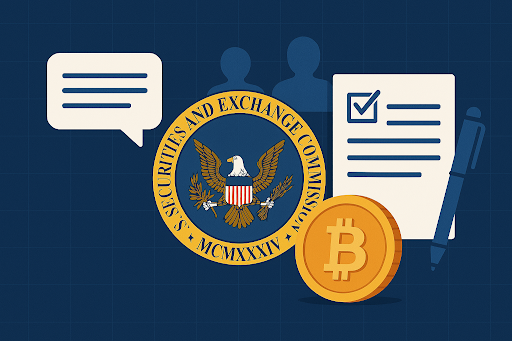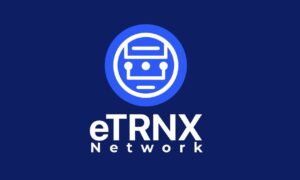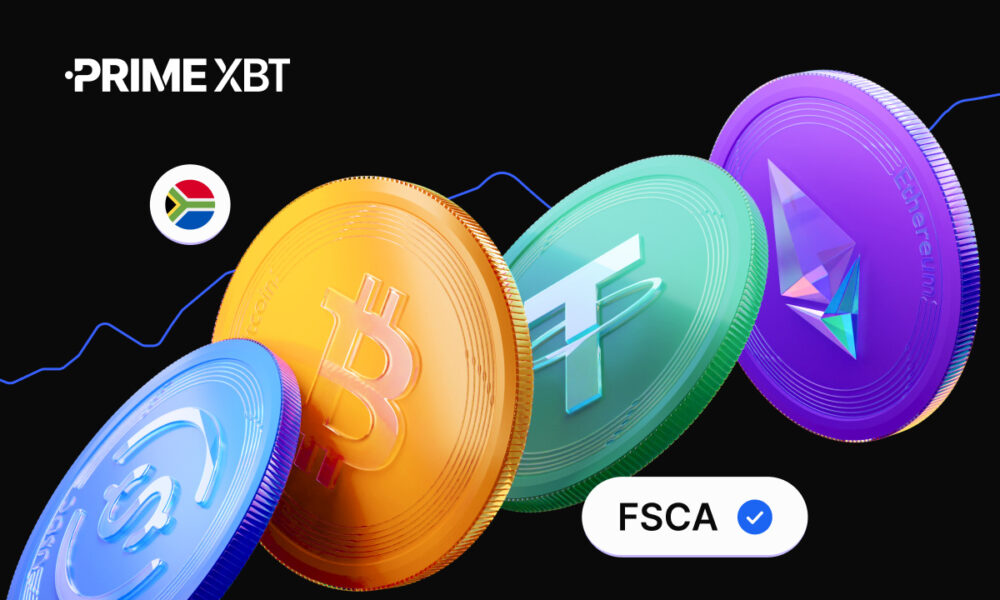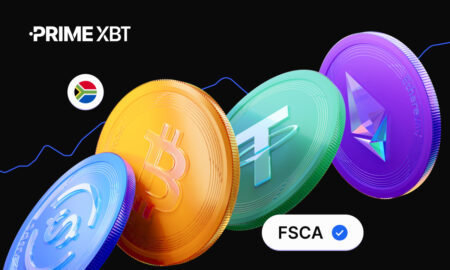The U.S. Securities and Exchange Commission’s newly energized Crypto Task Force is actively engaging with the industry’s most powerful players. But what exactly are these blockchain giants asking for — and can the SEC deliver?
Since February, the task force has reportedly held private meetings with over 40 influential crypto organizations and executives, including Coinbase, Chainlink Labs, Crypto.com, Robinhood, Circle, and MicroStrategy’s Michael Saylor. From regulatory clarity to innovation sandboxes, a common set of themes is beginning to emerge.
For continued updates on the evolving regulatory narrative, visit TokenFest.io — your hub for web3 news, interviews, and crypto market insights.
1. Clear, Codified Regulation
Perhaps the loudest and most consistent ask from the industry is this: stop the legal ambiguity. Despite recent legal wins for Ripple and new executive orders under the Trump administration, crypto leaders argue that no real rules exist yet. These firms aren’t asking for a free pass — they’re asking for clarity.
Multiple sources, including the Wall Street Blockchain Alliance, have called for the SEC to adopt a transparent framework distinguishing between securities and non-securities. Many are advocating for a “Safe Harbor” period for new projects — allowing them to grow with disclosures, but without immediate threat of enforcement.
Chainlink Labs has also urged the Commission to consider network decentralization and real-world usage when defining what falls under its jurisdiction.
2. Practical Paths to Compliance
Navigating securities registration is another sticking point. Current frameworks, originally designed for traditional stock offerings, don’t suit token-based models.
Executives from Robinhood and BitGo have proposed something akin to a “Reg A+ for tokens” — a streamlined registration tailored to digital assets. Others are pushing for a sandbox model where projects can test products and iterate under regulatory supervision without full licensing.
The goal? Maintain investor protection while lowering the barrier to innovation.
3. Custody Infrastructure for a Digital Era
Digital asset custody is a technical and legal minefield. From hardware wallets to multi-party computation (MPC) setups, the industry is calling for standardized, SEC-approved practices for safeguarding tokens.
Fireblocks and Anchorage Digital have reportedly emphasized the need for clearer custody rules, cybersecurity standards, and key management protocols.
Without these, institutional investors may remain on the sidelines.
4. Recognizing Stablecoins for What They Are
Circle, the issuer of USDC, has argued that payment stablecoins should not be lumped in with speculative tokens or securities. According to insiders, they’ve urged the SEC to issue formal guidance distinguishing utility-based stablecoins from investment products.
This could have far-reaching implications for the growth of crypto payments, on-chain commerce, and banking partnerships.
5. Embracing Tokenization — Without Illusions
From real estate to intellectual property, the tokenization of real-world assets (RWAs) is one of crypto’s most hyped frontiers. And industry leaders want the SEC on board — but with realistic expectations.
Ripple and Digital Asset Holdings are championing tokenization for U.S. Treasuries and corporate bonds, pointing to efficiency, transparency, and liquidity as major benefits.
However, insiders caution that use cases like fractionalized real estate still face local legal hurdles. As one executive put it, “You can’t tokenize a courthouse title deed and call it disruption.”
Conclusion: No Free Passes — Just a Playbook
Across all conversations, a common message emerges: the crypto industry doesn’t want deregulation — it wants rules that reflect digital-native finance.
The SEC’s Crypto Task Force represents progress, but real change will require statutory reforms, guidance documents, and — eventually — congressional action.
Until then, the U.S. crypto sector remains in limbo. Innovative, optimistic — but still cautiously waiting for the green light.



































